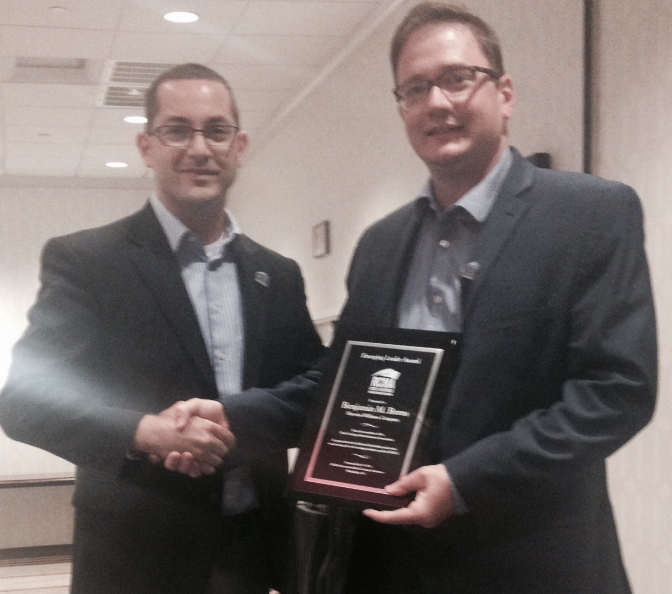CASE STUDY 1: Cooler Interior Temperatures
A highly reflective coating was installed over an existing uninsulated metal roof on a 35,000-square-foot steel processing facility.
Prior to coating application, the roof was power-washed, more than 10,000 fasteners were removed and replaced, and all metal-panel seams and fasten- er locations were sealed. The roof was primed with a water-based primer and coated with two coats of acrylic coating.
The building was instrumented with thermocouples to monitor the before and after temperatures. Rooftop temperatures were reduced 30 degrees F. Before the reflective coating was added, the interior of the facility was extremely hot, reducing the productivity of the workers. In fact, the interior regularly was about 100 F from noon until 4:30 p.m. After coating, the maximum interior temperature was reduced to 90 F and was reached only at about 5 p.m. The reduction in afternoon temperatures significantly improved worker productivity, and the projected payback from increased worker productivity alone was only two years.
CASE STUDY 2: Extended Service Life
A reflective coating was installed over an existing mechanically attached, black EPDM roof system with an R-15. The roof was leaking because of open seams and split flashings, causing interior damage and disrupting employees. Because the EPDM membrane still had significant service life, it was less expensive to repair and coat instead of replacing the roof.
Prior to coating, the membrane was power-washed and the seams and flashings were repaired. A two-coat urethane coating was installed. The energy use to cool the building was reduced by 10 percent. Future EPDM repair costs were eliminated, as were future employee disruptions. The energy savings alone offset more than half the cost of the project. Additionally, the cost of roof replacement was deferred for a decade.
CASE STUDY 3: Cooler Rooftop Temperatures
A coating was installed over an air-conditioned, 65,000-square-foot, smooth-surfaced built-up roof system. The five-year old roof was not leaking and was dry (per an infrared scan). The objective of adding the coating was to cool, protect and extend the roof’s service life. Because it was only five-years old, there was significant service life remaining, and adding the coating extended its service life even further. Prior to coating, the roof had a 35 percent reflectivity value, and the roof surface temperature was more than 140 F on an 82 F sunny day.
After coating application, the roof surface reflectivity was about 80 percent, and on an equivalently hot and sunny day, the roof surface temperature was under 100 F—more than a 40-degree F reduction in roof- top temperatures. Because of time-of-use demand charges during the middle of the day, the cost savings was nearly 10 percent while the energy savings was just above 7 percent.
LEARN MORE
The Washington, D.C.-based Roof Coatings Manufacturers Association is the national trade association representing the manufacturers of asphaltic and solar reflective roof coatings and the suppliers of materials, equipment and services to the industry. RCMA has more than 70 members who manufacture or supply roof coatings products. It maintains industry expertise in building codes and standards, technical research and end-user education.




I didn’t know how useful roof coatings could be or that there were even different types. The reflective coat sounds especially interesting as it aims to keep heat down in your home. I think it’s important to consider how managing the heat transfer in our home from the outside (like with reflective roofs or energy efficient windows) can help us improve our electrical bills and energy use. http://www.heritagepaintingandwaterproofing.com/waterproofing